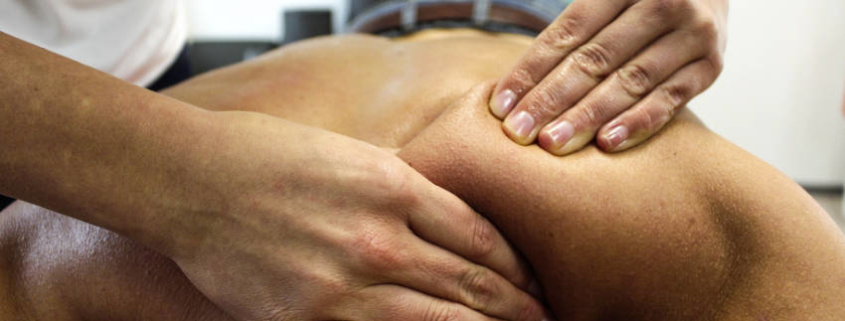Osteopathic Myofascial Release
“When our fascia is free, we are free. Osteopathic treatment unravels these fascial strains, re-establishing fluid continuity throughout the body." AT Still MD 1899
Myofascial Release “Myo” meaning muscle and “fascia” meaning connective tissue, is the term used to describe the matrix created by muscle and connective tissue. Myofascial Release is a very effective hands-on technique that can help relieve pain and restore function by providing a release into myofascial restrictions (tightness in connective tissue, scar tissue, injured areas).
Myofascial release was first described by the founder of osteopathy, Andrew Still, in the early 1900s
Fascial tissue is a web-like covering of connective tissue that supports and protects the body’s muscles and organs. In its healthy state, it is supple and resilient and moves easily over our muscles. However, the fascia can become tight and inflexible over time due to poor posture, overuse, injury illness or emotional stress.
Considering fascia permeates all regions of the body and is interconnected, when it scars and hardens in one area (following injury, inflammation, disease, surgery, or even long term poor posture), it can put tension on adjacent pain-sensitive structures as well as on structures in far-away areas and with accumulative effects. The fascia can exert excessive pressure producing pain or restriction of motion as well as create compensatory patterns influencing many aspects of our bodies. Even though these adhesions do not show up on x-rays or other scans, they can stiffen joints or contribute to painful motions, such as rotator cuff injuries. If adhesions occur near a nerve, they may cause numbness, pain, and tingling, as with sciatica or carpal tunnel syndrome.
Since fascia is throughout your body, releasing fascial tension can help a wide variety of complaints, which include but are not limited to: Headaches, muscle pain, back & neck pain, shoulder pain, poor posture, sports injuries, sciatica, plantar fasciitis, stress and depression, shin splints, frozen shoulder, knee problems, nerve entrapments & Impingement and whiplash.
Osteopathic myofascial release focuses on imbalances of posture, shortened muscles, and restricted fascia like adhesions or scars. It addresses not just the muscles or the skin, but on the entire structures to lengthen, separate, or reposition them relative to other structures. Myofascial release is also enhances the body’s innate restorative powers by improving circulation and nervous system transmission.
An osteopath utilising myofascial release may use differing amounts of pressure to gradually lengthen shortened muscle fibers and release adhesions in the fascia. It is similar to massage, but is generally deeper and more sustained in its manipulation of the muscles and fascia. Your osteopath will locate tight, knotted areas and apply pressure to them. As the adhesions and scar tissue are broken up, elasticity is returned to the soft tissue and trapped nerve roots are released, eliminating pain and restoring full range-of-motion. This also allows you to respond better to osteopathic treatment and perform any rehabilitation exercises that your osteopath may suggest.
View a list of common complains that Osteopathy can assist with
Discovery the benefits of Osteopathy
- What is Osteopathy?
- Adult health issues
- Babies and Children
- During and after pregnancy
- Common Complaints
- Testimonials
- Sports Injuries
- Genral Osteopathy FAQs
- The Science & Reasearch



